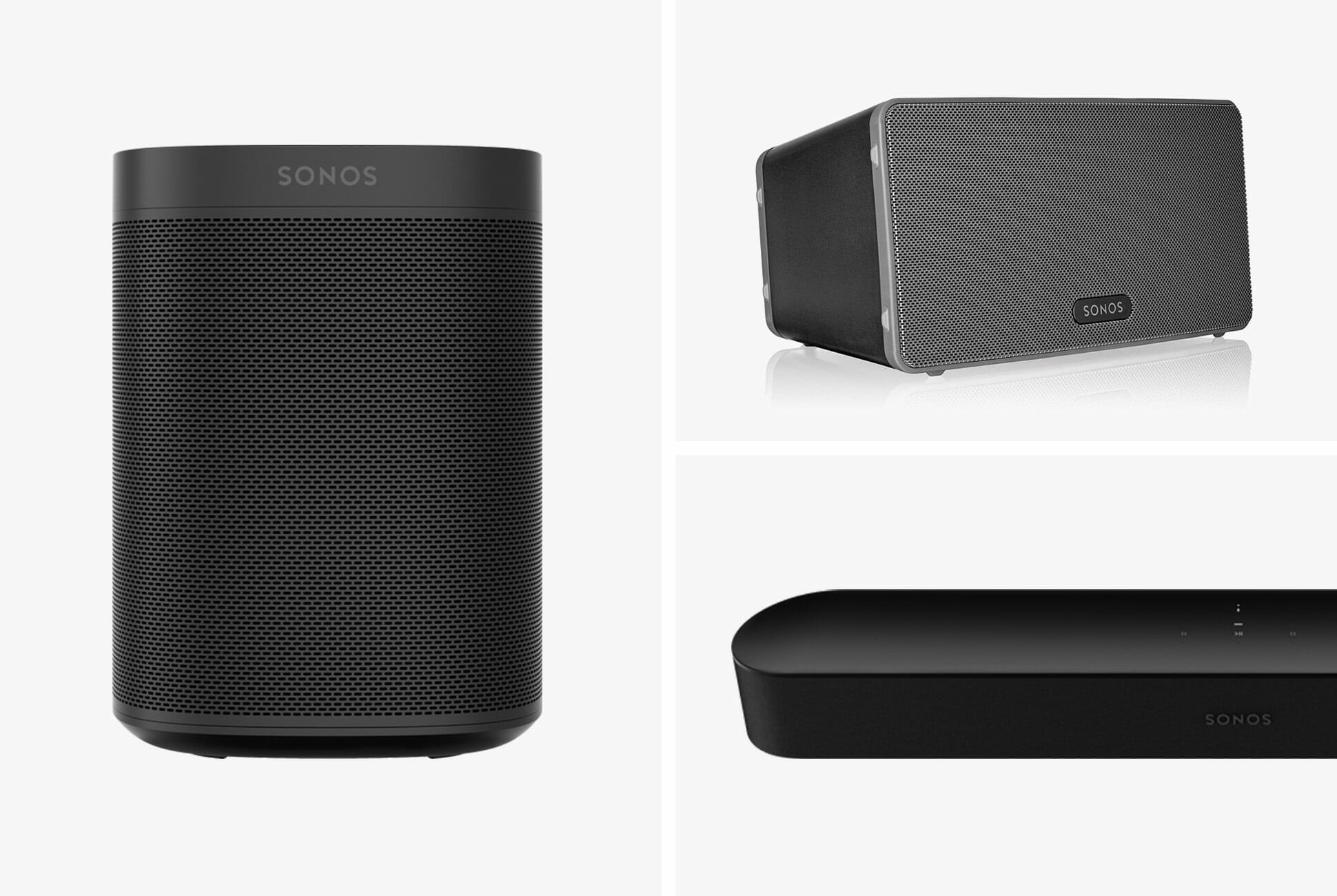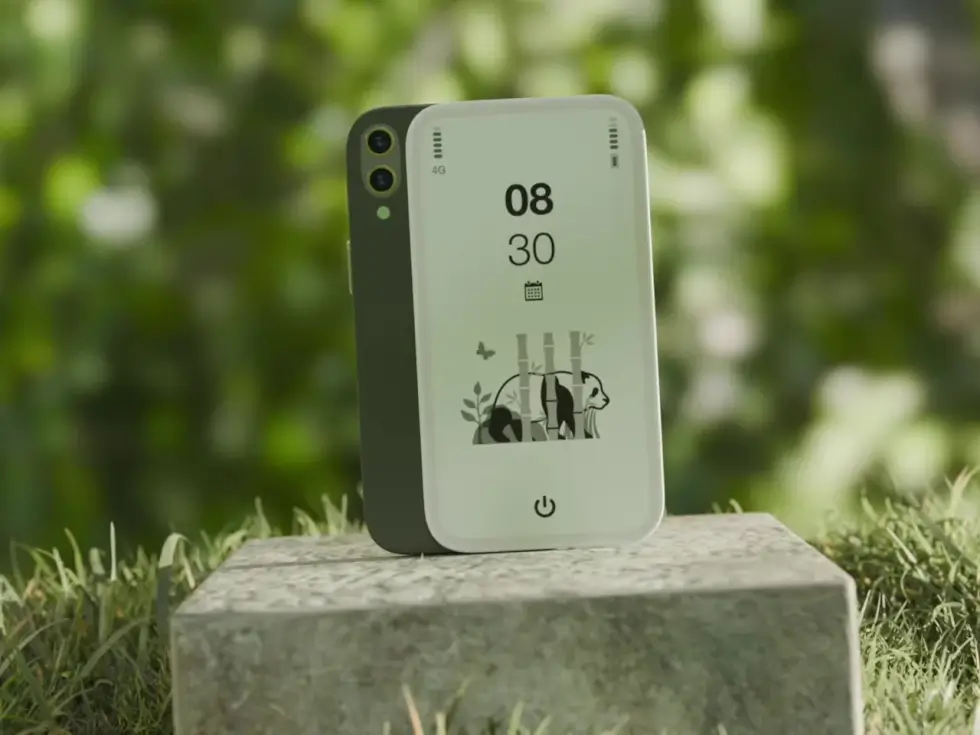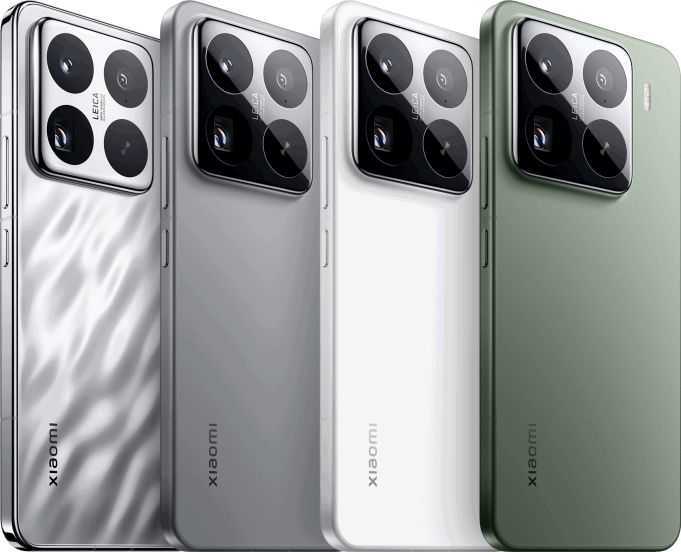When it comes to wireless multi-room speaker systems, Sonos has reigned king for some time. And while it still wears the crown, a number of audio companies have taken notice and mimicked Sonos to a tee — Bose SoundTouch, Yamaha MusicCast, Bowers & Wilkins’ Formation and Denon’s HEOS are all examples. While excellent solutions, they’re limited (like Sonos) because they only allow you to group certain speakers together. You can’t group Sonos speakers and Bose speakers in the same multi-room system, for example.
That said, 2019 has actually seen a noticeable shift in multi-rooms speakers – instead of working with just one proprietary platform, more multi-room speakers are able able to support multiple streaming platforms. Sonos’s newer speakers (Play One, Sonos Beam) now support Apple’s multiroom technology, AirPlay 2, for example, meaning you can group them with non-speakers in a multi-room system, like with a HomePod. And then there’s the Naim Mu-so 2, a wireless high-end speaker that supports AirPlay 2 and Chromecast built-in, as well as Naim’s own streaming platform, so you can decide to group in a number of different multi-room systems.
One of the major catalysts for this shift has been the rise of smart speakers, or speakers with built-in virtual assistants. Amazon rolled out multi-room audio support for all its Echo smart speakers back in late 2017, and shortly thereafter Google followed suit with its new line of Google Home speakers. And more recently there’s Apple’s HomePod. The advantage of these smart players is they can be integrated into a multi-room speaker system, and then you can use your voice (via “Alexa,” “Hey Google” or “Hey Siri”) to play music throughout a home.
So which multi-room speaker systems are right for you? Before investing in one, there’s actually a lot to consider. Are you looking for the best sound quality or multi-functionality, i.e. voice commands and smart home control? Do you have an iPhone or Android device? And if you want voice control, which music streaming service do you subscribe to? Whether it be Spotify, Apple Music or Tidal, different voice assistants support voice commands to different services.
This guide identifies the most popular multi-room speaker systems to invest in right now, with one eye on the future: Aside from Sonos, each of these wireless streaming technologies work on an open network, allowing multiple speakers from various brands to stream high-quality music to different rooms in your house.
A Sonos Speaker System

What Is It? Sonos has been the industry leader since it launched the PLAY:3 ($299) all the way back in 2011. Three things have made this ecosystem so popular: sound quality, simplicity and longevity. And in the past few years, Sonos added both support for Amazon Alexa and Apple’s AirPlay 2 (although AirPlay 2 only works with Sonos’s newer speakers). If you have an Amazon Echo or an HomePod smart speaker, you’re now able to control your Sonos speakers with your voice using Alexa (here’s how to set it up) or Siri. You can also give Alexa voice commands directly through the Sonos One ($199) or Sonos Beam ($399), if you have either speaker. Note: The Sonos One is basically a Play:1 speaker with the intelligence of an Amazon Echo — it will play in a multiroom system with your other Sonos speakers. The Amazon Echo, if you link with your other Sonos speakers, will not play in a multi-room system with those other speakers — it just tells them what to play.
The Good: Sonos speakers connect over a Wi-Fi network, meaning the streamed audio files aren’t compressed, like with Bluetooth — you’re able to listen to CD-quality audio (or better if you have Tidal). You can stream music from all of the major streaming services, including Spotify and Apple Music (a rarity). And since software updates are as simple as updating an app on your phone, tablet or computer, the speakers are designed to last a lifetime. As for ease of use, the Sonos app walks you through the setup process and optimizes speaker output for your room. It’s straightforward and easy thanks to its built-in TruePlay Speaker Tuning Software. Adding additional Sonos speakers to your system is a breeze, too, and it’s also cheaper, than ever; thanks to the new Sonos x Ikea partnership, you can buy the Symfonisk Bookshelf Speaker for as little as $99.
Watch Out For: Not all Sonos speakers support AirPlay 2 – it’s only the newer Sonos speakers, including the One, Beam, Playbase and the second-generation Play:5. No support for Chromecast built-in. If you want to connect a non-Sonos speaker to your Sonos system, you have to use a Sonos Connect ($349) or Sonos Amp ($499), which is super expensive for a component that isn’t a speaker.
Key Specs
Music Quality: Up to 16-bit/44.1kHz audio
Music Files: AAC, MP3, MP4, FLAC, WAV (see all)
Streaming Services: Apple Music, Spotify, Pandora, Amazon Music, Tidal, Google Play Music (see all)
Speakers to Get You Started
Sonos One (Gen 2) (with Amazon Alexa) $199
Sonos Beam (with Amazon Alexa) $399
Sonos Play:5 $499
A DTS Play-Fi Speaker System

What Is It? You probably know DTS from the movies; the logo appears in a ton of opening and closing credit sequences. The company has been developing immersive sound technologies for cinemas and films since the early ’90s. Play-Fi is DTS’s audio streaming technology and it’s arguably Sonos’s biggest competitor. The major difference between the two is that DTS isn’t actually a speaker manufacturer. Instead, it licenses out its Play-Fi technology to a whole host of speaker manufacturers, including McIntosh, Definitive Technology, Klipsch, Pioneer and Rotel. (You can see the full list of partners here.)
The Good: Just like with Sonos speakers, Play-Fi speakers connect over a local Wi-Fi network. You can play music through an app, or directly through Spotify, and you can separate various speakers into different rooms. Unlike Sonos however, because there are a wide variety of Play-Fi speaker manufacturers, you can mismatch different speakers and have them all easily play on the same multi-room sound system. Basically, you get more options and you’re not tied down to one speaker manufacturer. Various Play-Fi speakers are compatible with Spotify Connect and AirPlay 2.
Watch Out For: No support for Apple Music. DTS Play-Fi speakers can play ultra-high-resolution audio files (24-bit/192kHz), which Sonos can’t, but it should be noted that these high-res files need to be listened to in “critical listening mode” and can only be played on one Play-Fi speaker at a time. When not in critical listening mode, these files are down-sampled to CD quality (16-bit/48kHz). Also, there are only a few DTS Play-Fi-enabled speakers that “work with Alexa” — none have the virtual assistant built directly in the speaker
Key Specs
Music Quality: Up to 24-bit/192kHz audio
Music Files: MP3, MP4, FLAC, WAV, AIFF (see all)
Streaming Services: Spotify, Pandora, Amazon Music, Google Play Music, Tidal (see all)
Speakers to Get You Started
McIntosh RS100 $1,000
Wren V5US Universal System $399
Martin Logan Crescendo X $1,000
A Google Chromecast Speaker System

What Is It? Chromecast is Google’s wireless streaming technology for multi-room audio. It’s grown rapidly in popularity with the introduction of the Google Home, Home Max and Home Mini. All speakers with Chromecast built-in can be integrated into a multiroom system. Some of them, if integrated with Google Assistant, respond to voice commands.
The Good: There is a growing number of speakers, soundbars and televisions with Chromecast built-in by the likes of Bang & Olufsen, Pioneer, Sony and Vizio. Using the Chromecast app, you can group numerous Chromecast speakers together. You can use Google’s Chromecast Audio streaming puck ($35) to plug into any powered speaker you already own, via its 3.5mm auxiliary jack (or via optical or RCA, though you’ll need separate adapters), and enable that speaker to join a Chromecast multi-room sound system. You can also add a Google Home speaker into a group to control the group with Google’s voice assistant, Google Assistant; and unlike an Amazon Echo and Amazon’s Multi-Room Music technology, the Google Home will actually play with the existing Chromecast group and its third-party speakers.
Watch Out For: It’s important to note that Google Cast and Chromecast speakers are different and can’t be grouped together in a multi-room system. Speakers with built-in Chromecast or connected with a Chromecast Audio streaming puck can be controlled via Google Home or by your phone’s Google Assistant right now.
Key Specs
Music Quality: Up to 24-bit/96kHz audio
Music Files: MP3, MP4, FLAC, WAV, AAC
Streaming Services: Spotify, Google Play Music, Pandora
Speakers to Get You Started
Google Home Max (with Google Assistant) $269
JBL Link Bar (with Google Assistant) $400
Naim Mu-so 2 $1,599
An Amazon Alexa Speaker System

What Is It? Amazon updated the firmware on its Echo speakers so that they now support multi-room audio playback. This means you can play music on all your Echo, Echo Plus, Echo Dot and Echo Show devices. You can designate each speaker as its own separate room, or sync them together in a one-room setup. It’s important to note that Amazon has also licensed out Alexa support to other third-party speakers, like the Sonos One or the Sonos Beam, but those can’t be connected to the same multi-room audio system as your other Echo speakers. Also, in order to use Alexa voice commands, you’ll need to be an Amazon Prime Music, Amazon Music Unlimited or Spotify subscriber.
The Good: All speakers that work with Amazon’s Multi-Room Music have Alexa built into them, meaning you can change the music with your voice from anywhere; as opposed to the Sonos One, which is the only speaker in a Sonos multi-room system that will respond to voice controls (unless there’s another Sonos One). The cost of entry is very low — you can get two Echo Dots for less than $100. And setting up a multi-room system is pretty easy — here’s how.
Watch Out For: Sound quality. Even though the second-generation Amazon Echo sounds marginally better than the original, it’s still not great. The Echo Show and the Echo Dot aren’t any better. Amazon’s original intention for the Echo devices wasn’t to support multi-room audio, but simply to get its voice assistant into your home. Even the higher-end Echo Plus can’t compete with the audio quality of something like a Sonos. Also, you’re not going to get much bass on any of these speakers.
Key Specs
Music Quality: N/A
Music Files: N/A
Streaming Services: Spotify, Amazon Prime Music, Amazon Music Unlimited
Speakers to Get You Started
Amazon Echo Plus (2nd Gen) $109+
Amazon Echo Sub $130
Amazon Echo Show (2nd Gen) $230
Echo Link Amp $299
An Apple AirPlay 2 Speaker System

What Is It? Apple’s AirPlay 2 is the newest multi-room streaming protocol. It’s different than the original AirPlay because it actually supports multi-room streaming. Many different Wi-Fi speakers support by many well-known audio companies – Bose, Naim, and Bang & Olufsen – support AirPlay 2, meaning you can have many different speakers playing music insync. It’ll essentially be a Sonos-like system that’s really easy to control via your iPhone, Mac or HomePod.
The Good: If you’re an exclusive Apple user, meaning you own an iPhone, Mac and Apple TV, and you are a subscriber to Apple Music (or just have a vast iTunes library), buying a multi-room speaker system around AirPlay 2 is probably your best bet. You can easily group various AirPlay 2 speakers together via the Home app; you can also ask Siri on your iPhone or Mac play music or podcasts throughout the multi-room speaker group. Also, since the HomePod is an AirPlay 2 speaker that also has Siri baked right in, you can use it as the smart speaker in a multi-room group (sort of like Sonos One in a Sonos multi-room group, but with Siri instead of Alexa.)
Watch Out For: Not all speakers that supported AirPlay also support AirPlay 2, meaning they can’t play in a multi-room speaker system. If you have an older AirPlay speaker, do some research and check to see if it can be updated (over Wi-Fi) to support AirPlay 2.
Music Quality: Up to 16-bit/44.1kHz audio
Music Files: AAC, MP3
Streaming Services: Apple Music, iTunes, Spotify, Deezer, Pandora
Speakers to Get You Ready (all AirPlay 2-compatible)
Apple HomePod $299
Bose HomeSpeaker 500 $399
KEF LSX $1,100




